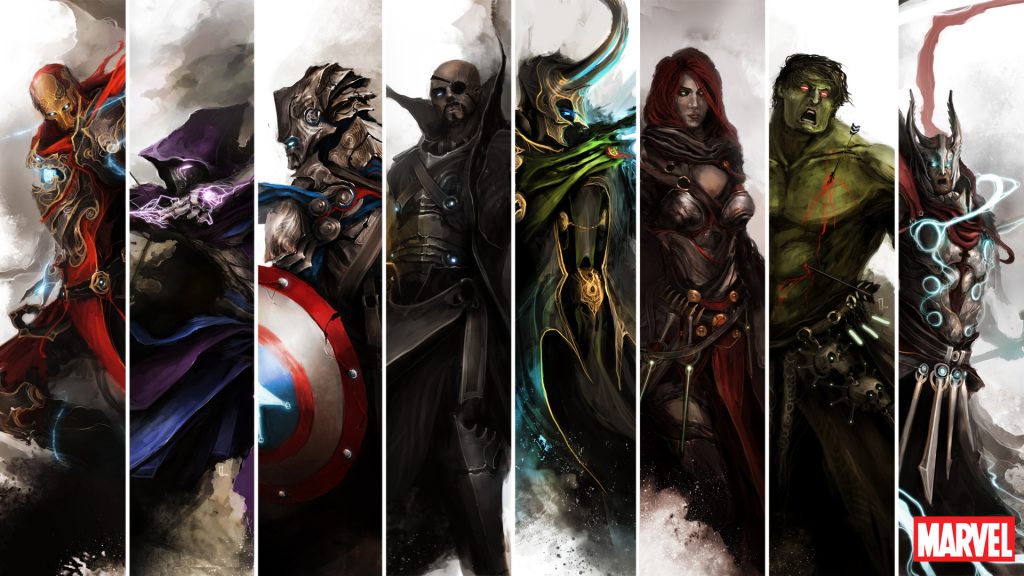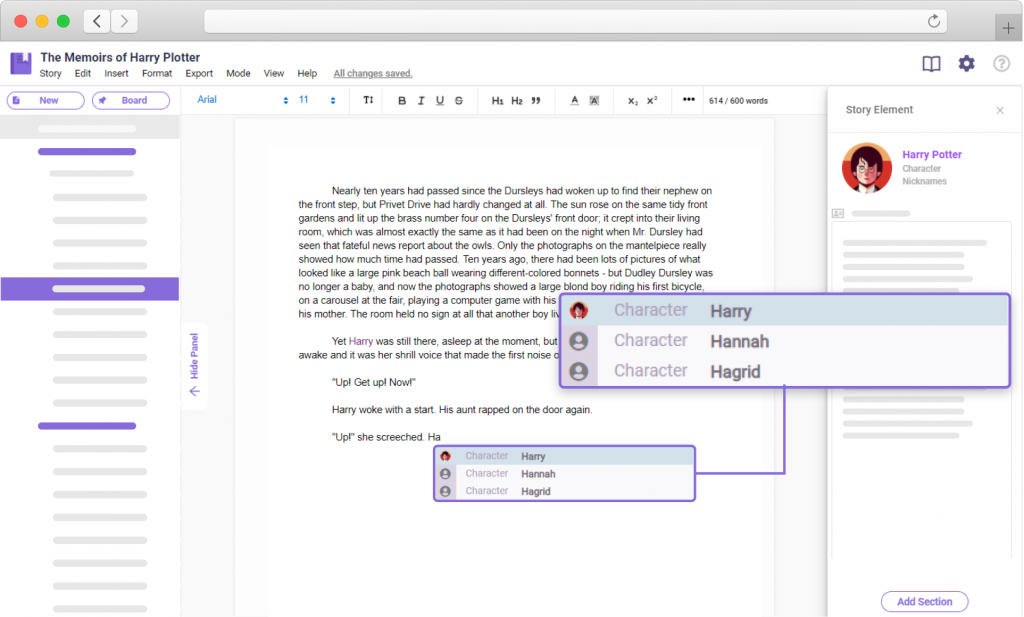Writing Great Fantasy Characters with LivingWriter

Surprisingly or unsurprisingly, writing a great plot for your fantasy novel is not enough for it to be considered among the greats. To be included in the list of great fantasy novels you need an amazing plot and subplots, a perfect premise, and vitally, characters who leap off the page.
Sound easy?
Probably not, but let’s make the writing fantasy characters part easier for you.
Make your characters relatable
It’s easy to connect to those who we can feel, understand and relate to. So even though your characters may not be “human”, they may be imaginary creatures or from out of this world, they undoubtedly need to have something human about them. This can either be the way they think, behave or even events happening to them in their life.
The complexities of the lives of our characters should reflect the complexities of humans. Don’t make your characters one-dimensional. Make them multi-dimensional with many shades of color in their personality.
Using universal archetypes will greatly help you write your fantasy character.
What are Archetypes?
If you’re not familiar with archetypes, they are a set of natural patterns/instincts present in every single individual. These instincts are set inside us even before our surroundings have the chance to nurture us. They dictate how we will react and cope with things going on around us.
Now, there are many archetype models out there. And each one of us comes from different types of models.
So you need to choose the archetypes for your characters, develop each character from their archetype model and build their backstories around this framework. All their habits, traits, fears, and passions will be influenced by their chosen archetypes.
To make it clearer, take the archetype of The Warrior. Automatically we know this character will have strength and courage, heck, you may even know someone in real life who fits this archetype perfectly. So develop your character using what you know about archetype of The Warrior.
As soon as your reader recognizes this character’s archetype they will be able to identify with them and become emotionally invested in their story.
Add your details in the story elements section in LivingWriter to keep track of everything. You could even create a separate element for each archetype personal to your story for quick reference.

Don’t worry about the same old same old
This doesn’t mean every character will become cliché and predictable. Characters with the same archetype don’t necessarily have the same storyline. Just like how in real life no two people are the same, despite coming from the same archetype. But you can add nuances and twists as you see fit to keep your fantasy characters unique.
As you know already there are so many archetypes and a lot of resources on archetypes to help you choose a framework for your character. As a note of advice, each archetype has a shadow archetype so be sure to include aspects of the shadow archetype in your character to add spice to your character.
Once you know your character’s archetype you, and your readers are now able to understand what truly drives them, what keeps them awake at night and what others think of them.
The Next Steps
Fantasy novels don’t consist of just one character living in a vacuum, a world on their own. This isn’t how a world works, even our human world doesn’t work like that.
Interaction is a must.
So just like how your main character has been formed from an archetype, the rest of the supporting characters need to be built from their archetype.
But that’s not all.
Now you need to make all the characters link with each other. For this, you need to create a character web.
Get stuck into your character web.
All great fantasy novels have amazing links between the hero and villain. And time spent comparing how each character interacts with the other will help you create that killer link.
Simply put, a character web involves comparing one character with:
- their enemies,
- other supporting characters
- their friends.
Ask yourself the question, how would they interact with each one? This process will help you define who your character is, and also who your fantasy character isn’t.
Once you have done this, repeat this process for each character.
Now you’ll have a complete cast of characters with detailed background information for each one and how they interact with all the other characters. Check out our interview with Best-Selling Fantasy Author Elise Kova, to hear what she has to say about this.
You are now ready to write fantasy characters for your novel who will remain at the forefront of your reader’s attention. And if you’re not already using it, do it on the best novel writing software, livingwriter.com.
Further Reading: https://livingwriter.com/blog/write-a-fantasy-novel-world